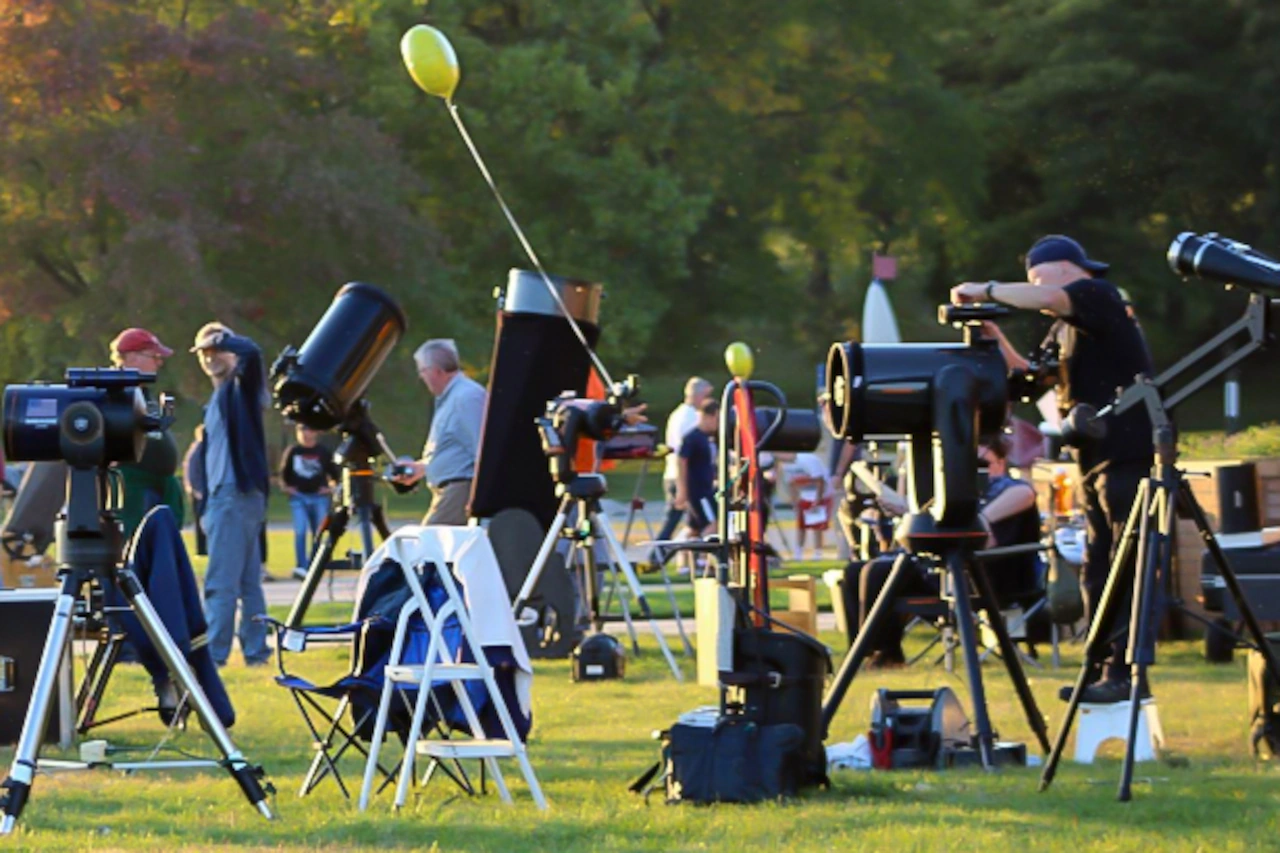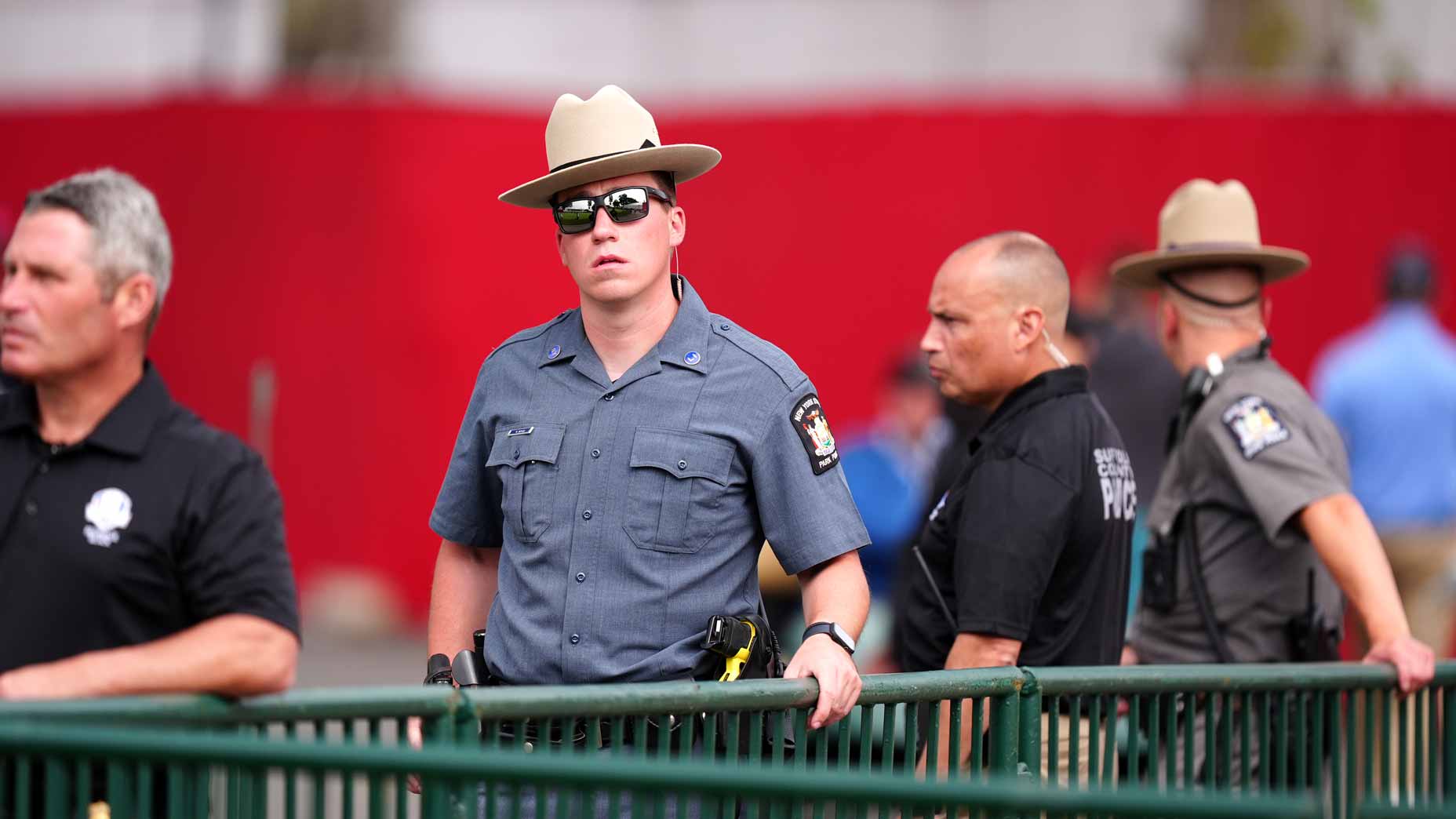Michigan’s largest star party expects thousands of stargazers, more than 50 high-tech telescopes

BRIGHTON, MI — Calling all stargazers, this weekend dozens of telescopes will be pointed at distant planets, stars, and galaxies. Astronomy Clubs across Southeast Michigan are gathering in one spot to offer free views of the night sky.
The Great Lakes Association of Astronomy Club is hosting its annual event 5 p.m. to midnight Friday, Sept. 26 and Saturday, Sept. 27 at Island Lake Recreation Area.
The GLAAC brings together 15 clubs ranging from higher education like University of Michigan and Wayne State to local community clubs.
Over two decades, the event has grown into Michigan’s largest star party with three to five thousand attendees over the two days. Experts and novices alike come eager to share and learn about the solar system.
The Kent Lake Beach area typically fills with 50 or so telescopes ranging from your home telescopes to $25,000 pieces of sophisticated equipment. All of it will be open to the public for free.
Of course it’s not about the cost of equipment, it’s about spreading priceless knowledge, GLAAC vice president Liam Finn said. This is GLAAC’s anchor event for getting all ages into STEM.
“I’ll talk science with anybody,” Finn said. “I’ll explain the physics of what’s happening when a star dies. We are more than happy to have people engage with us and ask us questions because we want to help. We want to pass on knowledge.”
This year’s keynote speaker is Brother Guy Consolmagno, a Planetary Scientist and the Director of the the Vatican Observatory. His research explores connections between meteorites, asteroids, and the evolution of small solar system bodies.
This year’s theme is Saturn, because it is an “easy target” for telescopes to find before midnight, Finn said.
Astronomers will also set their scopes on globular clusters, the Andromeda galaxy, and the Milky Way.
Many of the GLAAC members are also NASA ambassadors, including Jeff MacLeod who has custom-built a Gemini rocket simulator out of half of a truck.
Participants can lay down in the truck and be surrounded by screens simulating a travel through space. MacLeod is in the back acting a Mission Control as you launch up in the Gemini capsule, NASA’s two-man spacecraft used in the 1960s before the Apollo program.
The simulator has become so popular MacLeod will be doing ticketed timeslots this year to assure everyone gets a chance, Finn said.
“The whole idea is to stir the interest of the younger generations as well as older generations,” Finn said. “[We want] to show the fun side of astronomy and other STEM areas and try to drive people towards it.”



